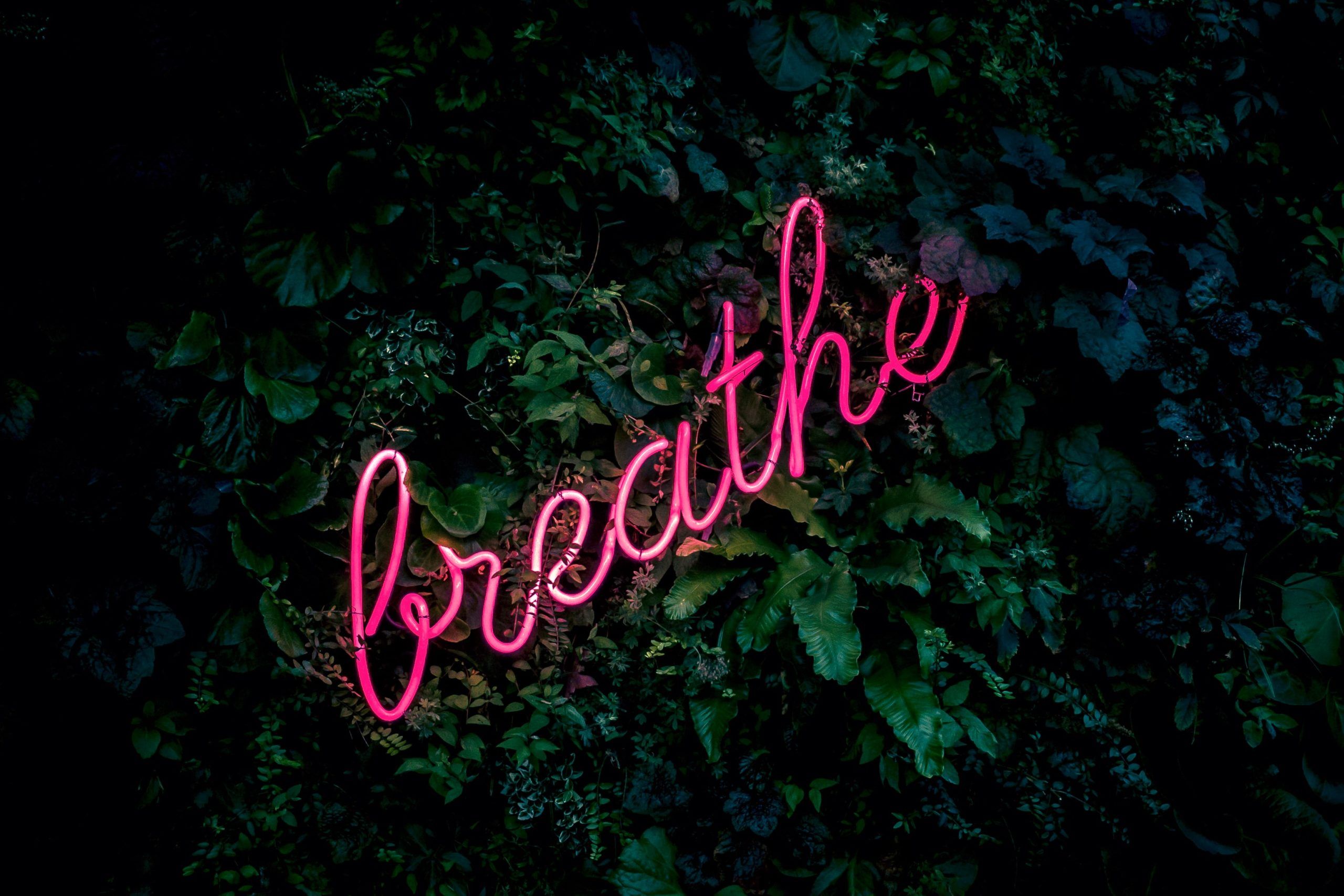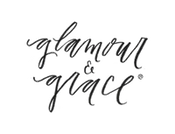How I Accidentally Found Mindfulness with Calligraphy
December 25, 2019
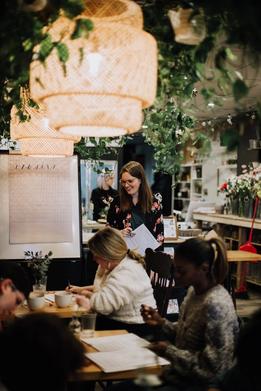
Many of us have heard that practicing mindfulness will help us relax, reduce stress and minimize anxiety. And boy oh boy, learning to relax and unwind during stressful times in our lives has never been more relevant than during a pandemic. If you’re looking for a social distancing activity to open up your creativity and help you unwind, read on.
But what is “mindfulness”? It actually has roots in Hinduism and Buddhism, but nowadays the image that the most often comes to mind is one of a yogi sitting cross legged, meditating in complete silence, eyes closed, looking fresh as a daisy while feeling pure zen with a crystal clear mind. While that seems ideal, it’s just not the reality for most of us. Mindfulness and relaxation can also be found in self-care activities that you already enjoy, like reading, cooking, or walking the dog — really, any activity that helps you tune out the noise and check in with yourself.
This is how I fell in love with modern calligraphy. At the first calligraphy workshop I ever attended, I immediately realized how easy it is to get lost in the flow and repetitiveness of calligraphy drills. By zoning in on this structured, yet creative activity, I was shocked at how I could easily spend hours practicing without the usual train of anxious thoughts and worries entering my mind.
What makes calligraphy such an effective mindfulness practice?

IT FORCES YOU TO SLOOOOW DOWN.
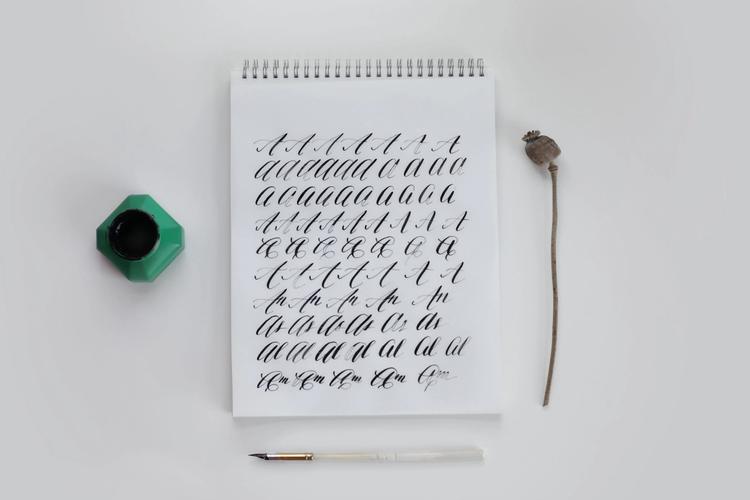
One of the first things I tell my calligraphy workshop students is that calligraphy is a “slow art”. To achieve consistency of strokes and spacing, the best rule of thumb is to slow the heck down and lift your pen in between each stroke — as opposed to rushing through your lettering. To really get the hang of calligraphy, it’s also recommended to start learning basic strokes to build muscle memory before rushing into writing words and phrases.
IT HELPS YOU SWITCH OFF.

One of the most obvious benefits of practicing calligraphy is that it’s a way to create and work with your hands that involves no screens whatsoever. After a long, stressful workday (or a long day of obsessively checking COVID-19 updates), I really look forward to those endless calligraphy drills to disconnect from our highly digital world and get back to basics. I’m all about creating a cozy and relaxing environment when I’m lettering: lighting a candle, making a cup of tea, playing some chill music and just settling in for the night.
IT PUTS YOU IN CONTROL

When you’re first starting out, there is actually a lot of guidance and structure in my calligraphy workshop starter guidebook to make sure you never have to guess at what you should practice next — but you never have to follow the rules. But when practicing at home, you can follow your own path – maybe start out with some basic strokes to warm up, do some lowercase letter drills, and practice the example words and phrases in your workbook. Or as you look for more of a challenge, you can start to observe the room around you and write words that describe your surroundings. One of my favourite ways to practice is putting on a great playlist and writing out the lyrics to my favourite tunes.
THERE’S SO MUCH ROOM FOR INSPIRATION
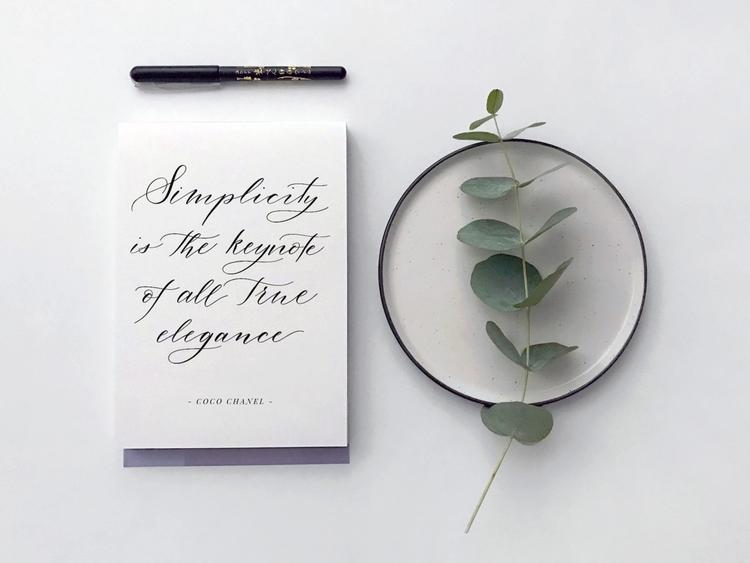
Of course, one of the most fun ways to use calligraphy in your everyday life is to express yourself through text. You can use it in journalling, to set an intention for the day or just to meditate on positive affirmation you need to hear most.
Try It Yourself!
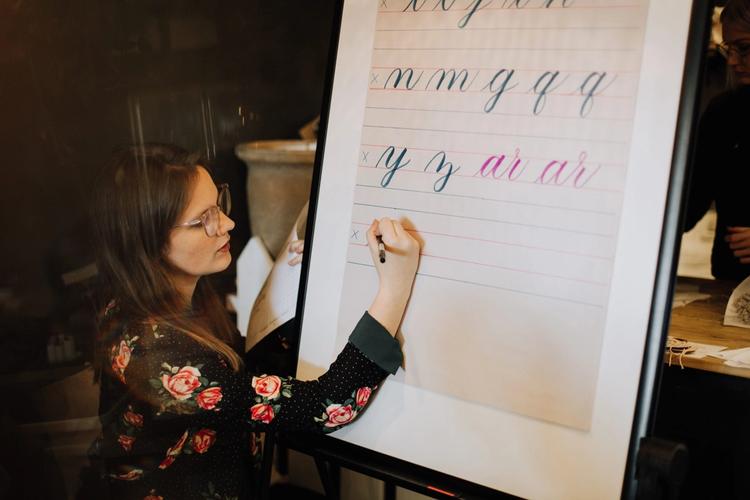
If you’re interested in learning calligraphy online, I’ve created a free mini-course for you to start learning the basic concepts… and all you need is a pencil!
